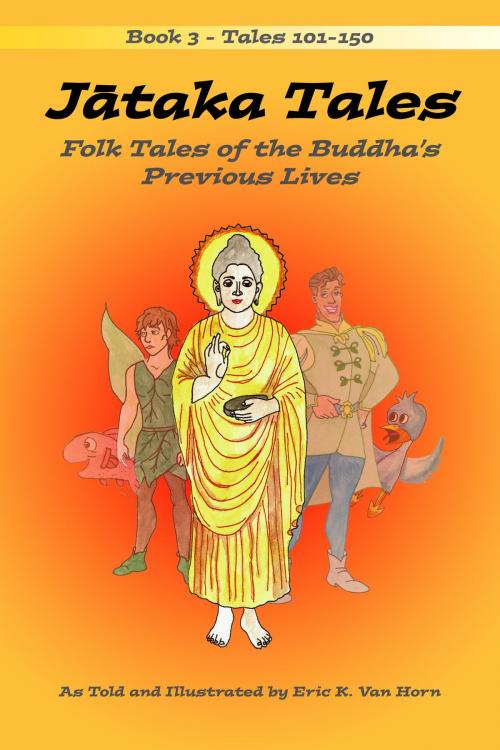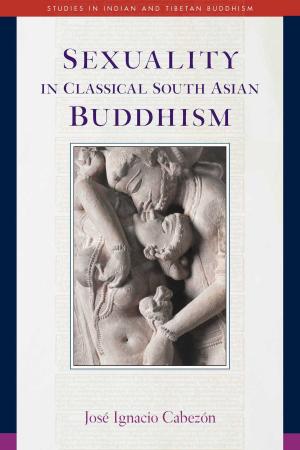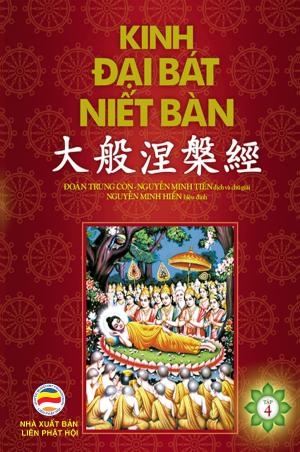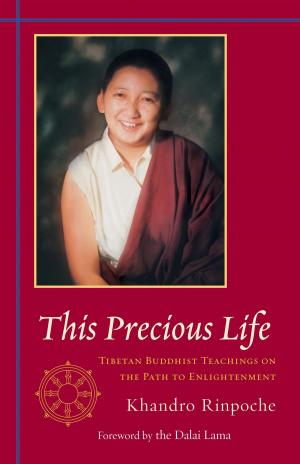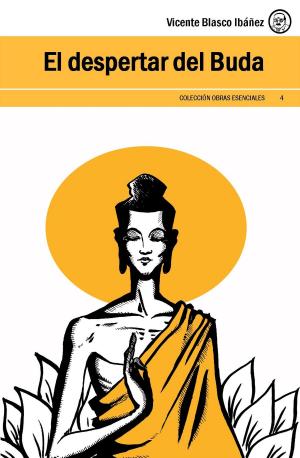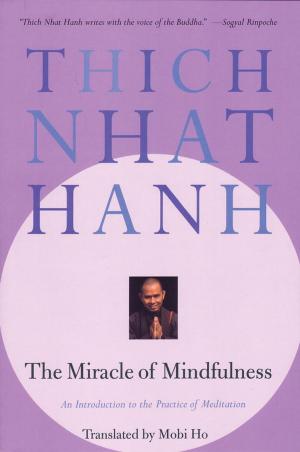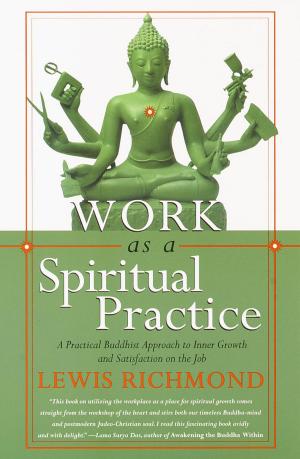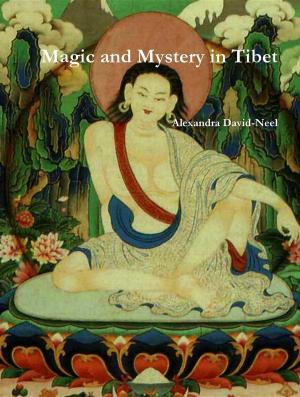| Author: | Eric Van Horn | ISBN: | 9780463264911 |
| Publisher: | Eric Van Horn | Publication: | August 6, 2019 |
| Imprint: | Smashwords Edition | Language: | English |
| Author: | Eric Van Horn |
| ISBN: | 9780463264911 |
| Publisher: | Eric Van Horn |
| Publication: | August 6, 2019 |
| Imprint: | Smashwords Edition |
| Language: | English |
The Jātaka Tales are the Buddhist equivalent of Aesop’s Fables. They are morality stories. In the Buddhist cultures of that time, these were the stories that children grew up hearing. They were the popular entertainment of their time. Families would gather together in the evening after the day’s work was done and share these tales. And it is from these stories that people learned about the standards of conduct for followers of the Buddha.
Like Aesop’s Fables, the main characters in these stories can be a king, a merchant, a craftsperson, or an animal. This collection contains stories 101-150 of the 547 total stories. Jātaka 124 tells a lovely story a monk whose selflessness leads to prosperity for his monastery, and in the past how he devoted himself tirelessly to providing water for animals during a drought. Jātaka 105 shows a tree fairy who calms an elephant’s fears. Jātaka 107 is a funny story about a priest who makes his king crazy by talking too much, and how the king enlists the help of a cripple who is deadly accurate with a pea shooter to cure him!
There are a number of stories about monks behaving badly. To a Westerner this may sound strange. But in a Buddhist culture there are bound to be people who ordain as monks – often with good intentions – but who find the monastic life too challenging. Jātaka 146 tells the story of three older men who find a pretty cushy way to live as monks.
In all these stories represent the breadth the human experience. What we see is that in 2500 years, the spectrum of humanity has not changed at all.
The Jātaka Tales are the Buddhist equivalent of Aesop’s Fables. They are morality stories. In the Buddhist cultures of that time, these were the stories that children grew up hearing. They were the popular entertainment of their time. Families would gather together in the evening after the day’s work was done and share these tales. And it is from these stories that people learned about the standards of conduct for followers of the Buddha.
Like Aesop’s Fables, the main characters in these stories can be a king, a merchant, a craftsperson, or an animal. This collection contains stories 101-150 of the 547 total stories. Jātaka 124 tells a lovely story a monk whose selflessness leads to prosperity for his monastery, and in the past how he devoted himself tirelessly to providing water for animals during a drought. Jātaka 105 shows a tree fairy who calms an elephant’s fears. Jātaka 107 is a funny story about a priest who makes his king crazy by talking too much, and how the king enlists the help of a cripple who is deadly accurate with a pea shooter to cure him!
There are a number of stories about monks behaving badly. To a Westerner this may sound strange. But in a Buddhist culture there are bound to be people who ordain as monks – often with good intentions – but who find the monastic life too challenging. Jātaka 146 tells the story of three older men who find a pretty cushy way to live as monks.
In all these stories represent the breadth the human experience. What we see is that in 2500 years, the spectrum of humanity has not changed at all.
